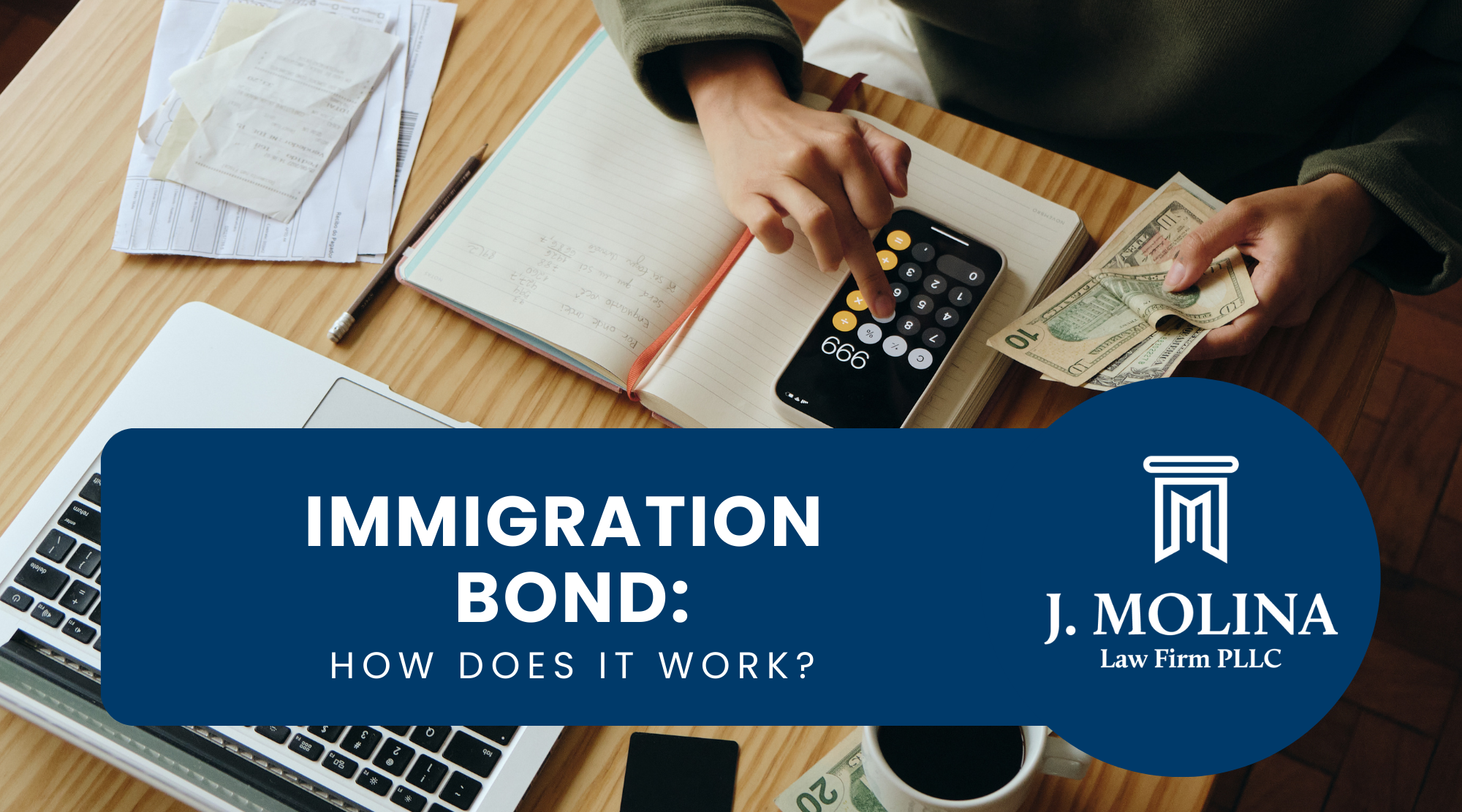If your loved one has been detained by immigration authorities, you might hear the term immigration bond—but what does it really mean, and how does it work? In this blog, we’ll break down the essentials of immigration bonds, including their purpose, types, and what to expect during the process.
What Is an Immigration Bond?
An immigration bond is a financial guarantee paid to the U.S. Department of Homeland Security (DHS) or Immigration and Customs Enforcement (ICE) to secure the temporary release of someone from immigration custody. This bond allows the individual to remain free while their immigration case is pending, with the condition that they will attend all scheduled immigration court hearings and comply with any ICE requirements.
If the person fulfills all obligations, the bond money is eventually refunded. However, if they miss a court date or fail to meet ICE conditions, the bond is forfeited, and they may be re-detained.
How Immigration Bonds Work
The bond process begins shortly after someone is detained:
- Bond Amount Set by ICE: Initially, ICE officers determine the bond amount, which starts at a minimum of $1,500 but can be much higher. Factors such as the person’s immigration history, flight risk, and criminal record are taken into account.
- Requesting a Bond Hearing: If the bond is denied or set too high, the detainee (or their attorney) can request a bond hearing before an immigration judge. The judge may uphold, lower, or deny the bond based on the evidence presented.
- Paying the Bond: Once approved, the bond can be paid by anyone legally present in the U.S., typically a family member or friend. After payment, the detainee is released but must keep ICE informed of any address or contact changes.
- Attending Court and Check-ins: The individual must attend all immigration court hearings and check-ins with ICE. Failure to do so can result in losing the bond money and being placed back in custody.
- Refund Process: If all conditions are met, the bond amount is refundable—but the process may take several months after the case concludes.
Types of Immigration Bonds
There are two main types of immigration bonds:
- Delivery Bond: This is the most common type. It allows the detainee to be released while ensuring they will appear at all court hearings. It is typically used when the individual is not considered a threat to public safety.
- Voluntary Departure Bond: This type is used when a detainee agrees to leave the U.S. voluntarily within a specified timeframe. If they depart as agreed, the bond is refunded; if not, the bond is forfeited.
Why Legal Help Matters
Navigating the immigration bond process can be stressful and complicated. Having an experienced immigration attorney can make all the difference. From challenging high bond amounts to representing you in bond hearings, a lawyer helps protect your rights and ensures you understand each step of the process.
Need Help with an Immigration Bond? Contact J. Molina Law Firm
If you or a loved one has been detained and needs help securing an immigration bond, J. Molina Law Firm is here for you. We’ll guide you through the legal process, fight for your release, and help you take the next steps toward resolving your immigration case.
Contact us today to schedule a confidential consultation. Let our team help you stay with your family and fight for your future.



